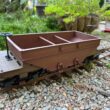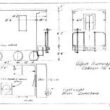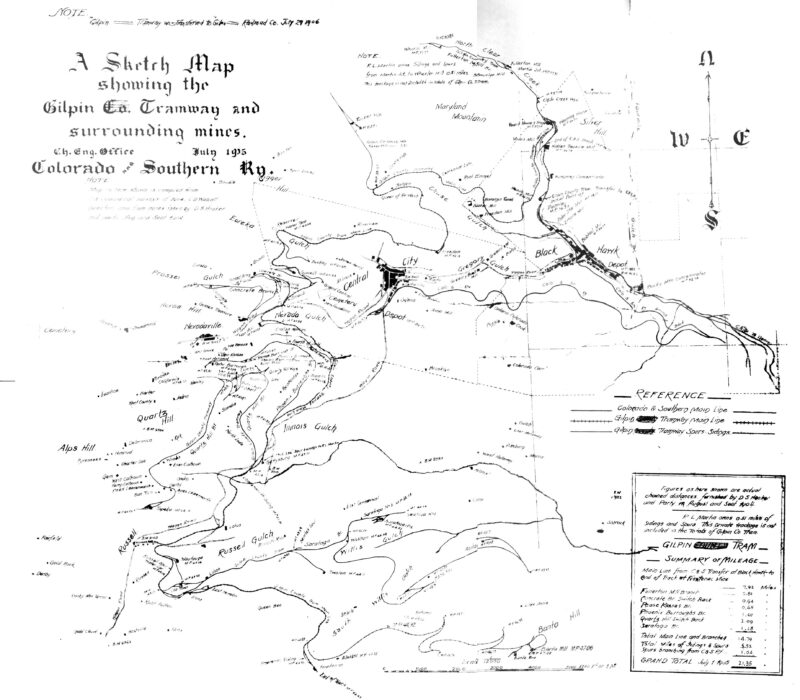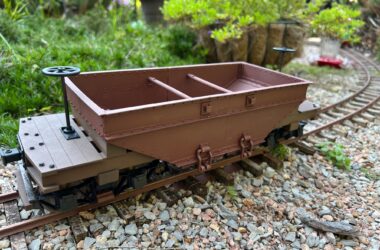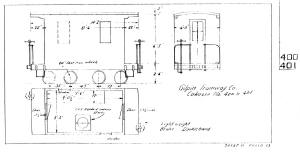This post provides a brief history of the Gilpin Gold Tram.
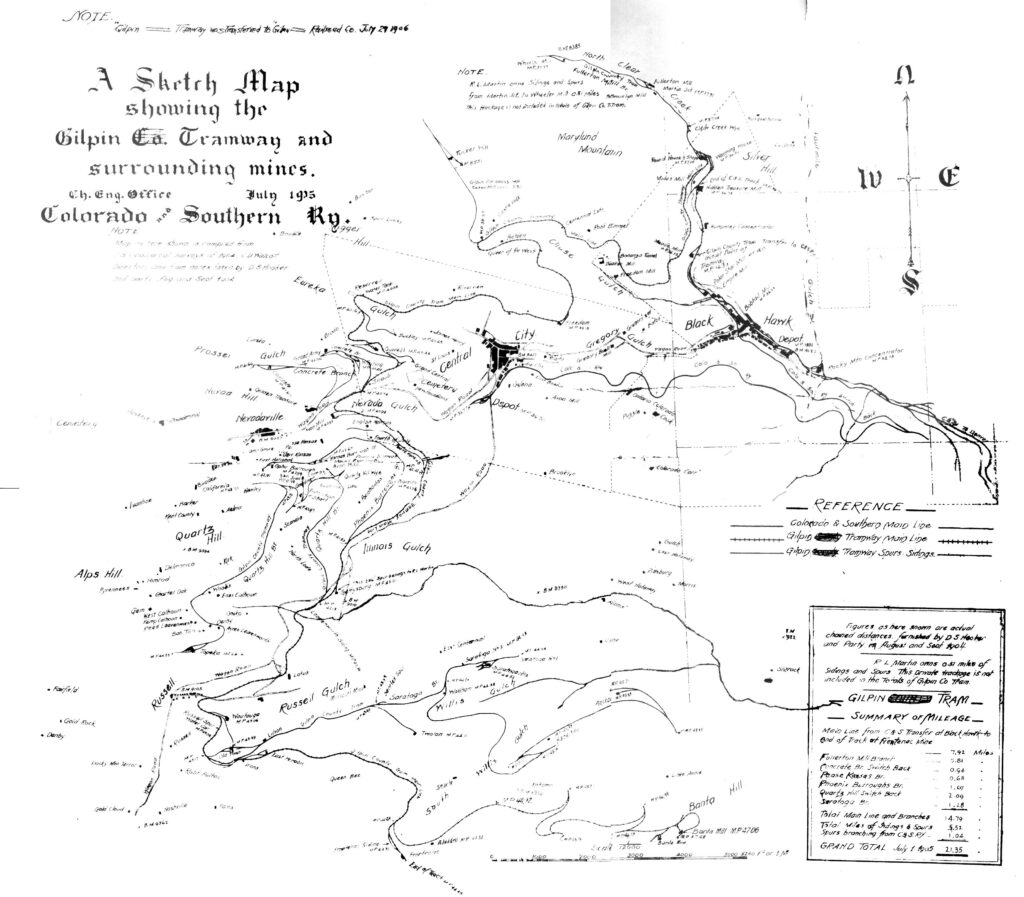
Why The Gilpin Gold Tram Was Built
The Gilpin Gold Tram was a two foot gauge railway located in Gilpin County Colorado that operated during the late 19th and early 20th centuries. The railway was constructed to transport gold ore from the mines in the mountains to the mills in the valley. The Gilpin Gold Tram was a vital transportation link for the mining industry in the region and played an important role in the economic development of the area.
The history of the Gilpin Gold Tram can be traced back to the mid-1870s when gold was discovered in the mountains of Colorado. The discovery of gold led to a mining boom in the region, and many miners flocked to the area in search of fortune. However, the difficult terrain made it challenging to transport the ore from the mines to the mills in the valley.
In response to this challenge, a group of investors formed the Gilpin Tramway Company in 1887 with the goal of building a railway to transport the ore. The company initially built a 2.5-mile narrow-gauge railway from the town of Black Hawk to the mining district of Russell Gulch. The railway was primarily used to transport ore from the mines to the mills, but it also carried passengers and freight.
Operations On The Gilpin Gold Tram
As the mining industry in the region grew, the Gilpin Tramway Company expanded the railway to other mining districts. The railway was extended to the towns of Nevadaville, Central City, and Rollinsville, which were all important mining centers. By 1892, the Gilpin Tramway Company had built a network of narrow-gauge tracks that covered over 40 miles.
The Gilpin Gold Tram was known for its steep grades and sharp curves, which made it challenging to operate. The railway used small shay locomotives, some of which were only 20 feet long, to navigate the difficult terrain. The railway also had several switchbacks, which allowed the trains to climb up and down steep grades.
Despite the challenges, the Gilpin Gold Tram was a critical transportation link for the mining industry in the region. The railway transported millions of tons of gold ore from the mines to the mills, which helped to fuel the economic development of the area. The railway also played a role in the development of the towns along its route, as it provided a reliable and efficient transportation link.
The End Of The Line
The Gilpin Gold Tram continued to operate for several decades. However, with the decline of the mining industry in Gilpin County in the early 20th century, the railroad began to lose its importance. In 1917 The Gilpin Tramway was officially terminated as a company and sold at auction on the courthouse steps. Most of the remaining equipment was sold for scrap but a small section of track remained and was operated until the 1930’s using horse drawn wagons (eventually replaced by a gas powered engine) for the uphill run and gravity for the downhill.
Conclusion
I hope you enjoy this post on the history of the Gilpin Gold Tram. Also check out the posts that describe how you can hike the right of way and experience the wonderful Colorado mountains exactly as the train engineers did. The right of way still has the original hand laid rock retaining walls. Finally, this railroad makes a great prototype for modeling so look at those posts as well.

